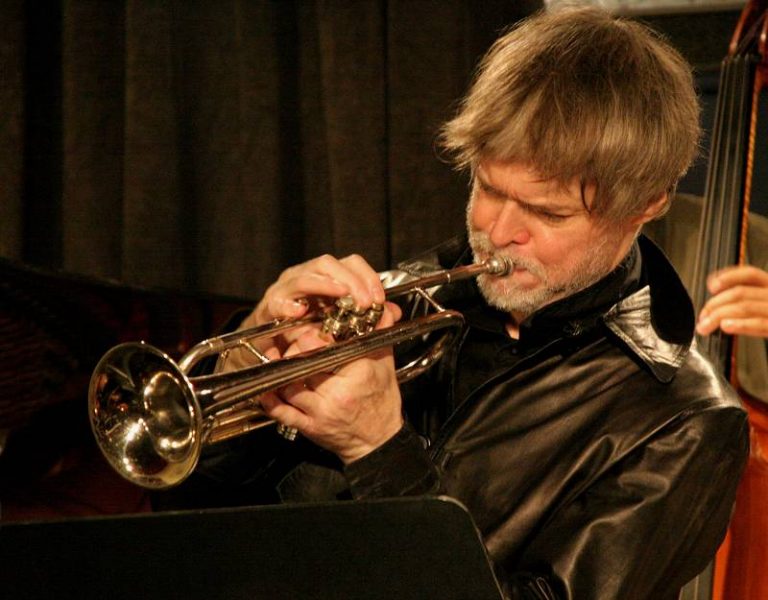
This could be a new rhythm, scale, lick, new approach etc. With this in mind, it's good practice to actually target a particular area of your playing when sitting down to work on improvising. It's much like holding a conversation, you just talk without thinking, using words you have learnt, it is very rare that you will throw in a new word you have never used before! Or do you make a conscious effort to apply some new vocabulary into your playing? It's fair to say that when the heat is on (playing in front of an audience for example), most players are never truly improvising something brand new, they are drawing from years of learnt vocabulary, with maybe 5% of something new creeping in.
Ten thumbs jazz series#
Now we need to focus on the hard part, making it all into music! This lesson isn’t really about improvising, that's a whole series by itself, this is looking at the idea of applying concepts you have learned in your improvising which requires a different approach to just sitting down and letting muscle memory take over.Īsk yourself the following question: When you practice improvising, do you just play around ideas, licks, lines that you always have done, and your fingers naturally go to.

We have learned many licks and complete solos based around standard Jazz progressions. Concepts based around, Major and Minor II V I progressions, Arpeggios, and scale based approaches.


Over the past nine lessons, we have looked at the building blocks you need to start playing convincing Jazz solos.


 0 kommentar(er)
0 kommentar(er)
